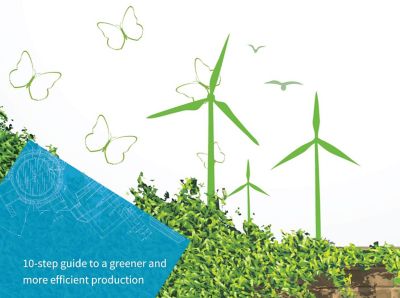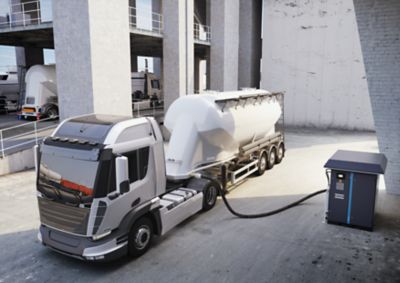In the world of industrial applications, the quality of compressed air is paramount. Contaminants in compressed air systems can lead to equipment failure, product spoilage, and increased maintenance costs. This is where line filter come into play. These filters not only enhance the quality of compressed air but also add significant value to the selling proposition of compressed air systems.
What are line filters
Line filters (inline filter or in-line filters) efficiently prevent dust, corrosion particles, micro-organisms, dirt and adsorption material from entering compressed air stream. These innovative filtration solutions, specifically coalescing and particulate filters, are engineered to cost-effectively provide the best air purity and meet today’s strict quality demands.
Advantages of coalescing and particulate filters
1. Enhanced air quality: Coalescing filters are designed to remove oil aerosols and fine particulates from compressed air. This results in cleaner air, which is crucial for sensitive applications such as food and beverage production, pharmaceuticals, and electronics manufacturing.
2. Extended equipment life: By removing contaminants, these filters help reduce wear and tear on equipment. This leads to longer equipment life and reduced downtime, which is a significant selling point for any compressed air system.
3. Energy efficiency: Clean air reduces the strain on compressors and other equipment, leading to lower energy consumption. This not only saves costs but also supports sustainability initiatives, making it an attractive feature for environmentally conscious buyers.
4. Compliance with standards: Many industries have stringent air quality standards. Using high-quality filters ensures compliance with these standards, which can be a critical factor in the decision-making process for potential buyers.
Mini case study: Enhancing compressed air quality in a pharmaceutical plant
A leading pharmaceutical company faced challenges with the quality of compressed air in their production facility. Contaminants in the air were causing frequent equipment malfunctions and product contamination, leading to significant financial losses.
What the company decided to do: install a combination of coalescing and particulate filters in their compressed air system..
Implementation:
- Coalescing filters: Installed to remove oil aerosols and fine particulates, placed at strategic points in the system for maximum efficiency.
- Particulate filters: Used to capture larger particles and prevent them from entering sensitive areas of the production process
Outcome:
- Improved air quality: Dramatic improvement in air quality, with contaminant levels reduced to well below acceptable limits.
- Reduced downtime: Significant reduction in equipment malfunctions due to contaminated air, leading to less downtime and increased productivity.
- Cost savings: Substantial reduction in maintenance costs and product spoilage, resulting in significant financial savings.
- Compliance: Improved air quality ensured compliance with industry standards, crucial for the company’s reputation and regulatory requirements.
Choosing the right filter
Different filters are suited for different contaminants and air purity classes. Knowing which one is right for your application ensures that your air is as clean as needed without overspending. For instance, a standard dry particulate filter might suffice for pneumatic purposes, while eliminating oil vapors may require a charcoal activated filter.
Types of filter media
- Pleated media for solid particles: Optimal for capturing dry particulates in compressed air, offering a longer filter service lifetime and lower pressure drop.
- Wrapped media for wet particles: Durable in wet and oil-contaminated environments, ensuring constant air quality at the lowest pressure drop.
- Coalescing filters: Essential for removing oil and wet particles, producing cleaner and dryer compressed air.
- Macro-structured activated carbon: Ideal for filtering out oil vapors, offering superior adsorption capacity and steady performance over time.
- Cyclone for water: Uses centrifugal forces to separate liquid water droplets in the air flow.
Conclusion
The use of coalescing and particulate filters in compressed air systems offers numerous advantages, from enhanced air quality to cost savings and compliance with standards. These benefits not only improve the operational efficiency of the systems but also add significant value to the selling proposition. By highlighting these advantages and showcasing real-world success stories, companies can effectively leverage line filters to enhance their value selling strategy.


